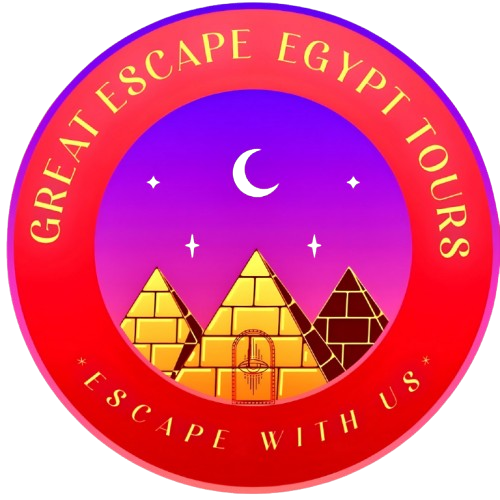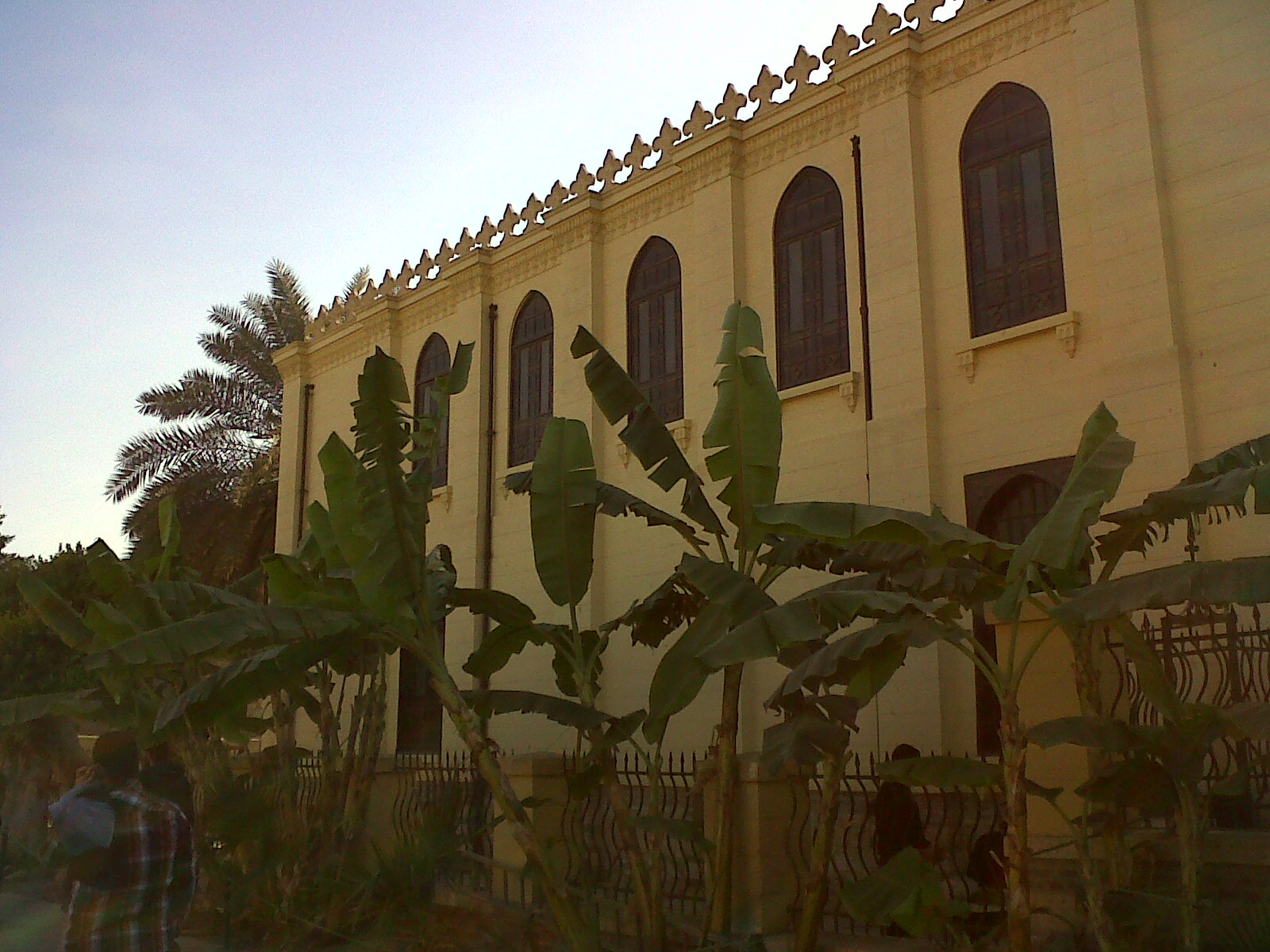The Crystal Mountain is a crown that adorns the white desert, and it is one of the richest treasures of the Farafra Oasis , It is a single mound composed of more than 12 types of crystal-like stones fused together to form a stunning natural appearance.
The mountain was distinguished as one of the most beautiful natural areas in the White Desert Reserve. It is a mountain consisting of crystal rocks and is unique in its kind, where the shiny crystal pieces are considered one of the precious rocks that have no equal in the world, and it has become one of the most important tourist attractions in particular because it contains The most beautiful, enchanting views of nature.
The metamorphic limestone rocks are the first point on the way to enter the reserve, and in front of it is a large sign that includes all available information about it.













